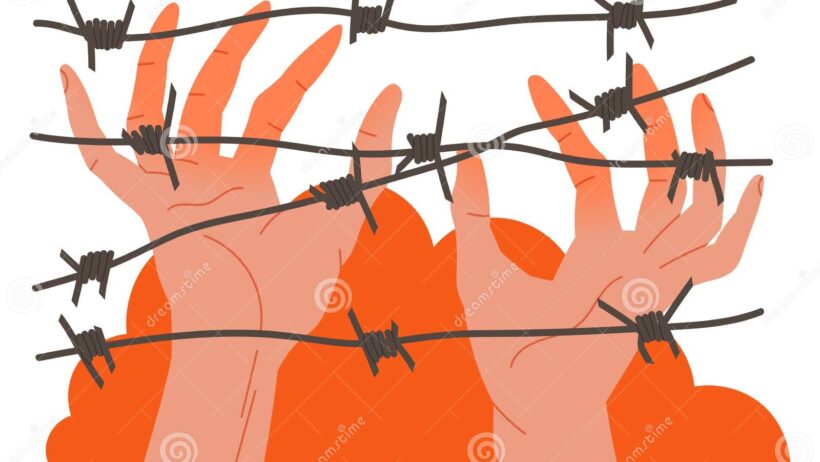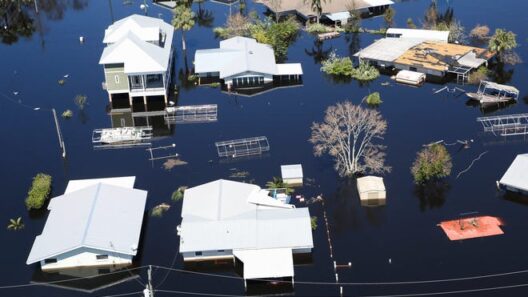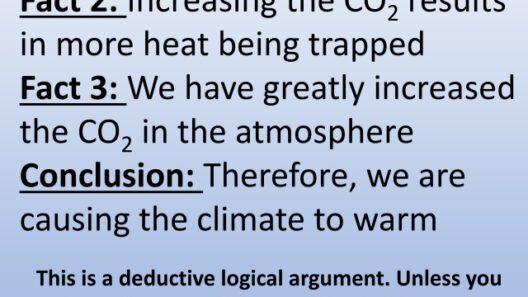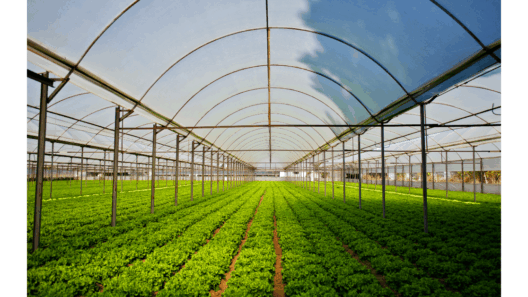The interrelation between environmental degradation and human displacement is becoming increasingly evident in the face of global warming. As climate change accelerates, the phenomena of poverty and displacement intertwine, creating a cascade of humanitarian crises across the globe. This complex issue is multifaceted, requiring an analysis of its roots, socio-economic implications, and potential solutions.
Global warming, primarily induced by anthropogenic activities, leads to elevated temperatures, erratic weather patterns, and increasing sea levels. These changes disproportionately impact the most vulnerable populations, often those already residing in impoverished conditions. Consequently, environmental degradation catalyzes a cycle of poverty that leaves individuals and communities in precarious situations. For instance, subsistence farmers may find their arable land rendered unproductive due to prolonged droughts or flooding, forcing them to seek alternative livelihoods that may not exist.
The economic ramifications of climate change are severe. Agricultural productivity declines, leading to food insecurity and inflated prices. The World Bank predicts that by 2030, climate change could push over 130 million people into extreme poverty. This relentless cycle of poverty exacerbates local conflicts, as communities compete for dwindling resources. Displacement is often the result; families flee from rural areas to urban settings or across borders, leading to crowded cities ill-equipped to support an influx of impoverished migrants.
Migration, whether internal or international, is often perceived as an escape from abject poverty. However, the circumstances surrounding such displacement are rarely voluntary. It is essential to distinguish between refugees and economic migrants. Climate refugees, a term gaining traction in recent years, are individuals who are forced to leave their homes due to environmental changes. Unlike traditional refugees, these individuals lack legal protections under international law, rendering them particularly vulnerable.
The emotional toll of such displacement is profound. Families are often separated, communities dismantled, and cultural identities eroded. As these displaced individuals navigate their new realities, they confront significant challenges—finding employment, accessing adequate healthcare, and securing housing are just a few of the barriers they face. Moreover, within urban contexts, they may face xenophobia and discrimination, further compounding their difficulties as they strive for stability.
The nexus between poverty, climate change, and displacement also manifests on a macroeconomic level. Countries already grappling with economic struggles find themselves unable to respond effectively to climate-related disasters. The destruction of infrastructure, combined with a lack of resources to rebuild, creates an environment ripe for continued poverty and displacement. This vicious cycle can perpetuate for generations, establishing a systemic issue that is difficult to dismantle.
Moreover, the specter of climate change looms largest over developing nations, which often possess minimal adaptive capacity. For instance, countries in the Global South are disproportionately affected despite contributing the least to greenhouse gas emissions. These nations typically lack the financial resources necessary to implement comprehensive disaster preparedness plans, thereby exacerbating the impacts of climate-related events. Conversely, wealthier nations bear a greater responsibility yet frequently fall short of their commitments to support global climate initiatives. This inequity not only hinders the implementation of effective solutions but also stymies global cooperation towards shared climate goals.
In addressing the challenge of climate-induced displacement, it becomes paramount to strengthen existing frameworks and develop new policies that can adequately protect those affected. Humanitarian organizations, governments, and local communities must collaborate to establish systems that delineate responsibilities and allocate resources efficiently. Creating legal recognition for climate refugees is crucial to ensure they receive protection and assistance comparable to that afforded to traditional refugees.
Furthermore, investing in sustainable development is essential. By enhancing agricultural resilience, improving infrastructure, and implementing renewable energy solutions, communities can better prepare for adverse climate impacts. Education and training programs are vital to equip individuals with the skills necessary to thrive in a changing economy, thereby mitigating the economic repercussions of displacement.
Public awareness and engagement also play significant roles in addressing climate change and displacement. Grassroots movements can galvanize communities to advocate for sustainable practices and push for policy changes at both local and global levels. Additionally, fostering a culture of environmental stewardship among younger generations ensures a conscientious approach to resource management and climate action moving forward.
Adopting a holistic approach, one that acknowledges the intertwined nature of poverty, climate change, and displacement, will yield more comprehensive and sustainable solutions. Policymakers should regard these issues not as isolated incidents but as elements of a larger systemic challenge requiring intentional action and collaboration across sectors.
The casualties of climate change are not just statistics; they represent lived experiences filled with turmoil, resilience, and hope. The obligation to act is not solely driven by compassion but by ethical imperatives to safeguard the sanctity of human life and the environment. As the effects of climate change become increasingly palpable, we must rise to the occasion to foster a more equitable and sustainable world for both current and future generations.







